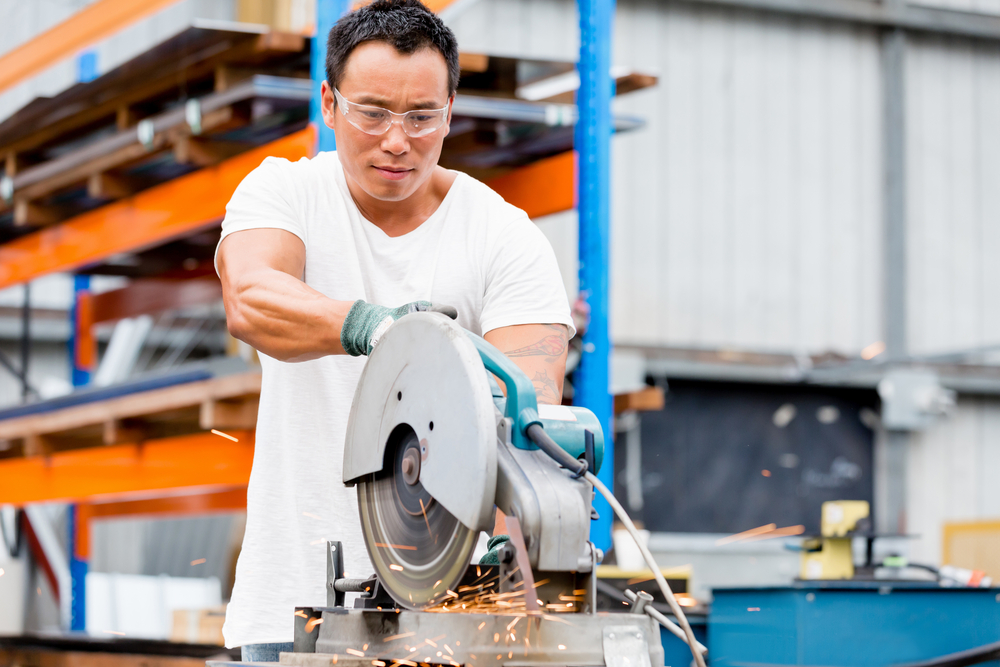How to Reduce Equipment Downtime
All types of business equipment—from machinery and vehicles to computer hardware and technology—are susceptible to wear and tear over time. This can...

It's no secret that brand-new business equipment often comes with a hefty price tag. You might notice this if you're in the market for new equipment, machinery, vehicles, technology, or other assets for your company. This financial burden can pose challenges for your business, especially if you have a tight budget and lack sufficient working capital. However, there is a money-saving alternative to consider—used business equipment.
Beyond its affordability, used equipment is frequently just as reliable as new models, having undergone thorough testing and quality checks during its previous usage. Used equipment has several additional benefits, which are covered in this Huddle Business Capital blog post.
Lower price points are perhaps the most significant benefit of used business equipment. You can often acquire high-quality, reliable equipment at a fraction of the cost compared to buying new. Of course, lower prices mean you pay less in sales tax. This affordability opens up opportunities to invest in essential assets without straining your company's budget.
By saving money with a used equipment purchase, you can allocate funds to other areas of your business, such as marketing, staffing, or product or service development.
Investing in used business equipment allows you to maintain high-performance levels while ensuring your and your workers' safety. Most equipment dealers and auction houses adhere to rigorous quality standards to instill confidence in buyers and ensure used equipment reliability. The pre-owned equipment is carefully inspected, refurbished (if needed), and tested to ensure it functions properly and safely.
Before purchasing used business equipment, ask the dealer or auction house representative about their equipment inspection protocols. Additionally, confirm if they provide reports or documentation of their findings (e.g., visual inspections, history of repairs), which can help you make a more informed purchase decision.
Certain types of new business equipment, particularly in-demand models, can have extended lead times due to supply chain constraints and manufacturer backlogs. This delay can impact your business's operations if you want immediate access to new equipment. On the other hand, used equipment is typically available right away.
This means you can make your purchase and start using the equipment quickly without the extended wait times associated with a new make or model. This is advantageous if your company needs a critical piece of equipment for ongoing operations or to support a time-sensitive project.
Brand-new equipment tends to depreciate quickly once it is purchased and put into business use. That isn't the case with used equipment, which typically depreciates slower. Slower depreciation enables the used equipment to maintain its value for extended periods.
This can translate to a higher resell price in the event that you want to sell the equipment in the future.
Many types of used business equipment are eligible for the Section 179 tax deduction. Section 179 allows you to deduct the purchase price of qualifying used equipment, vehicles, machinery, technology, and other assets in the year they are purchased and placed into business use.
You should consult an accountant with any questions about Section 179, as not all types of equipment qualify for the deduction. An accountant can provide guidance on which assets qualify, the limitations that may apply, and how to maximize tax benefits for your business.
Used business equipment often has lower insurance premiums. First, the age of the equipment typically means it has undergone depreciation, which decreases its overall value and replacement cost. Insurance companies consider this reduced value when calculating premiums, which can lead to potential savings.
Next, the equipment's history of use plays a role. Insurers may view equipment with a track record of solid performance and verified maintenance and repair history as a lower risk.
Brand-new equipment with lots of bells and whistles may require you and your employees to participate in training sessions. Doing so will help everyone become familiar with the equipment's functionalities, ensuring they can operate it efficiently and safely. That said, training sessions and learning to understand the ins and outs of new, technology-advanced equipment takes time.
The learning curve with used equipment is often much shorter. Usually, older equipment makes and models may be more straightforward to operate and maintain, allowing you and your employees to quickly adapt and resume their regular tasks.
Huddle Business Capital is not affiliated with nor endorses RSM US or Nolo. This Huddle Business Capital blog article is purely educational and contains general information and opinions; it is not intended to provide advice or recommendations of any kind.

All types of business equipment—from machinery and vehicles to computer hardware and technology—are susceptible to wear and tear over time. This can...

Small businesses in all industries constantly face competition that presents challenges and opportunities. With companies vying for the same...

When small businesses purchase or finance equipment such as vehicles, machinery, office furniture, and computers, options are available to help...